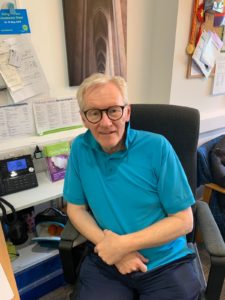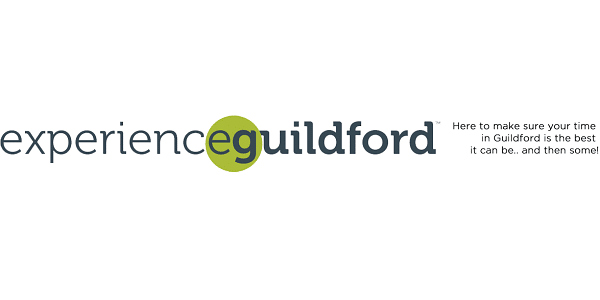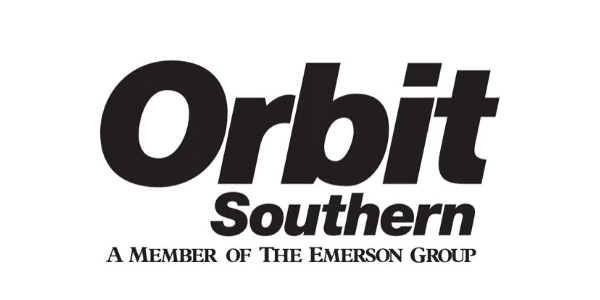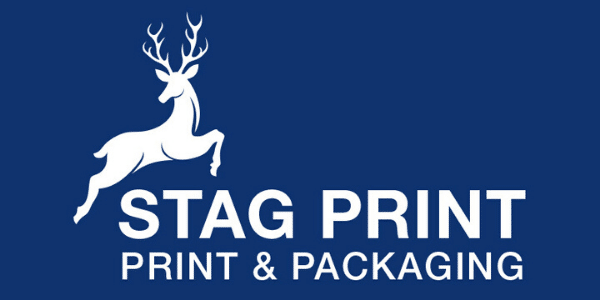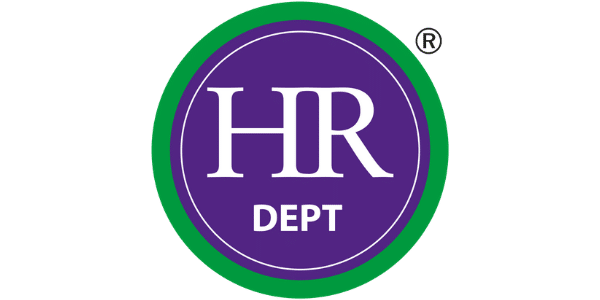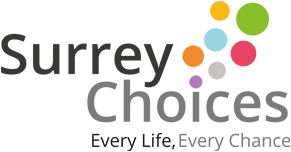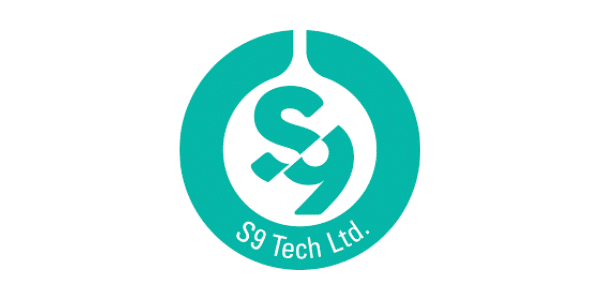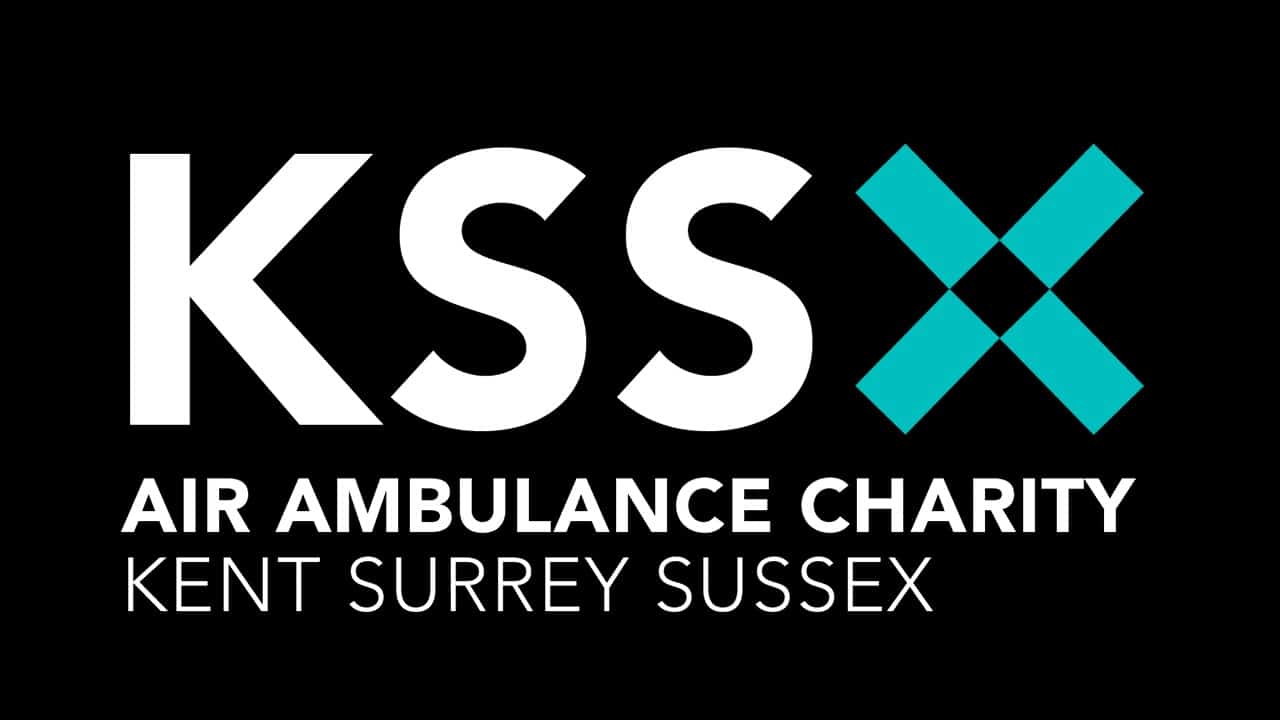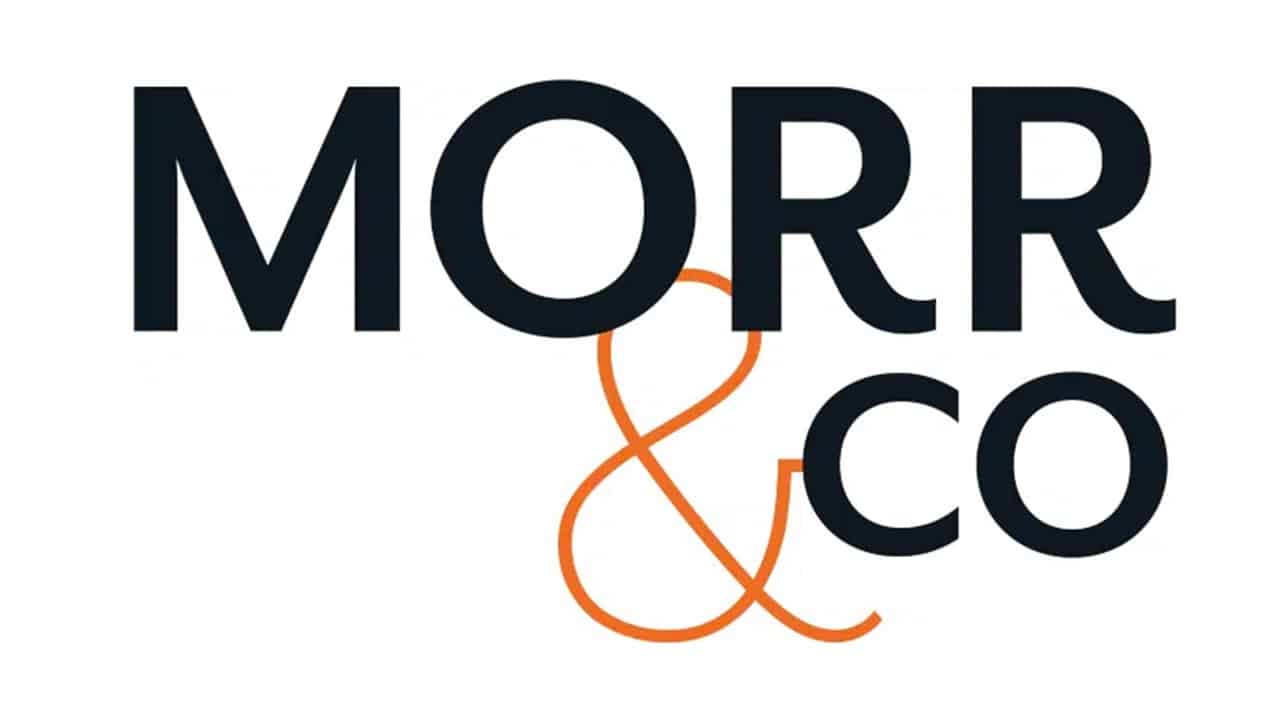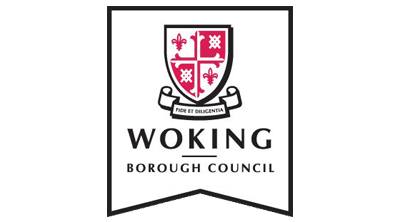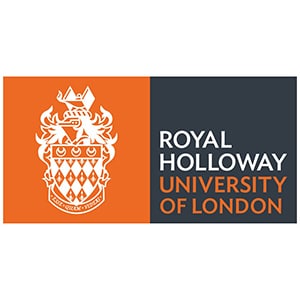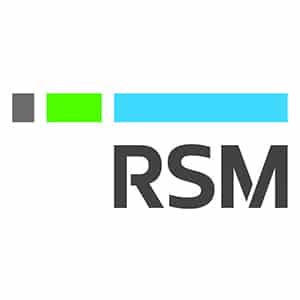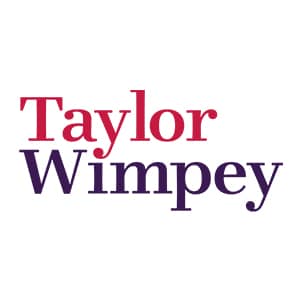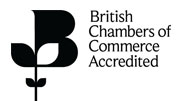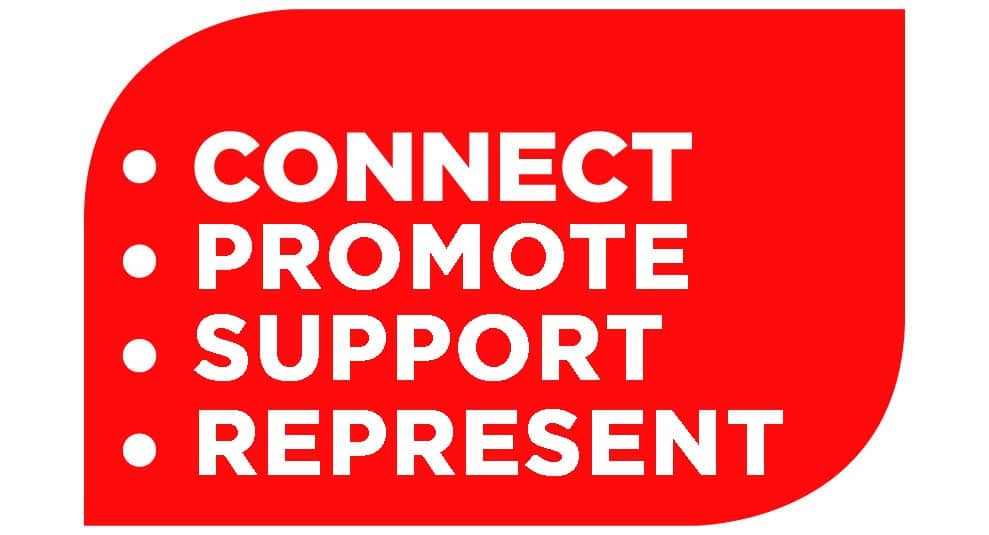Latest News
Hospice chaplain in the front line
9th April 2020
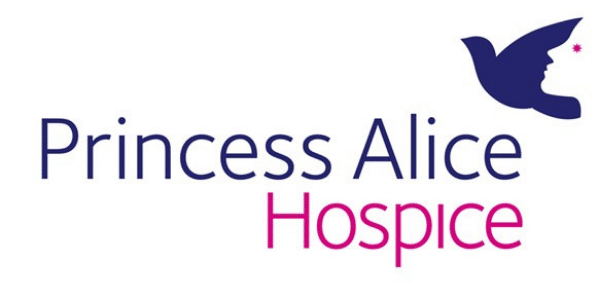
Princess Alice Hospice chaplain Steve Nolan is used to working alongside medical staff at the frontline of end of life care – but the coronavirus crisis is adding almost unbearable stress to their jobs.
Steve has written a blog of his thoughts as Easter approaches.
Living with and learning from Covid-19
There was a joke I spotted in a newspaper around the time the Corvid-19 lockdown began. Two people were talking and one said: “I didn’t expect to give this much up for Lent!”
For anyone unfamiliar with the season, Lent began a mere six weeks ago. Since then everyday life has been radically transformed. Not by the spiritual preparation of self-denial, which is intended to characterise the build up to Easter, but by the arrival of this invidious virus, too small to seen but powerful enough to separate families and bring the economy to a virtual stand-still.
For the Hospice, the first group to be impacted has been our highly-valued volunteers. Most have been stood down. This has been difficult for both the volunteers and the staff who continue coming to work.
The Hospice is a team, and we miss seeing our teammates, many of whom are self-isolating and miss so much the social interaction that working at the Hospice brings. But those of us who are able to still work also feel the loss of the important contributions our volunteers make to the work.
Speaking personally, I feel the loss of my beard! It’s kept my chin warm for 40 years, and provided me with at least a pretence of maturity if not wisdom. But like other colleagues working on the In-Patient Unit, I feel the loss of my individuality. That’s because, like them I’ve gone into uniform. This is part of the new and wide-ranging infection control procedures now in place.
Beyond the constant handwashing and the social distancing measures, the thing I find most difficult is having to don the personal protective equipment (PPE) in order to visit a patient. This is for their protection as much as ours, but it creates a barrier between us and those we want to care for. The apron and gloves are one thing. But the real difficulty comes from trying to offer care from inside a mask and goggles.
At the weekend I was asked to visit a young person who was dying. A close family member was in the room with the patient. I donned the full PPE and went into the room. The patient was asleep so I spoke with her very tearful family member. I wasn’t able to shake hands or in any way touch either the relative or the patient. I wasn’t able to offer any comfort for the tears, and the family member was unable to see the reactions on my face as I responded to the emotional pain they were expressing. I was able to offer a prayer, but I had to stand at the foot of the bed and not place a gentle hand on the shoulder, as I might normally have done.
This sense of distancing from patients is shared by the nurses, doctors, social workers and therapists. Shielded behind PPE, we all struggle to project the compassionate care that we are so used to and so skilled at providing. We of course understand the importance of PPE – it protects patients and staff – but we nevertheless feel constrained by its limitations.
But if Covid-19 has anything to teach us (and I’m sure we will learn a great deal from the experience of living with it) it is that human connection and contact is profoundly important to us. Even when we are locked away behind PPE or viewed at a distance inside a computer screen, something in us remains able to reach out and touch the spirit if not the body of another person with humanity and compassion
https://www.pah.org.uk/stories/steve-nolan-chaplain-at-princess-alice-hospice/
